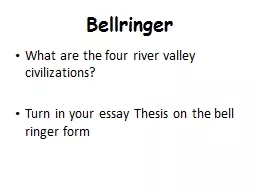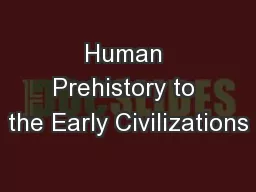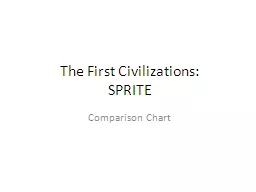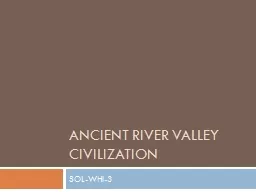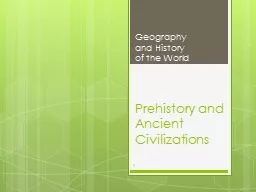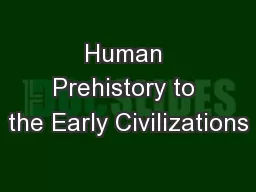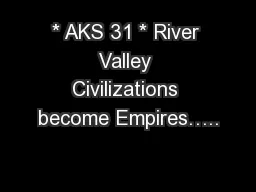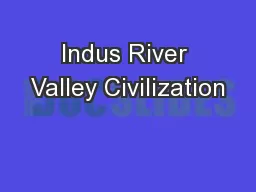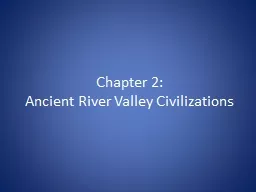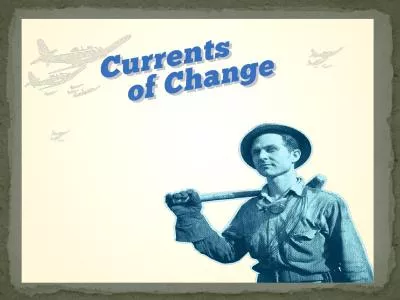PPT-Bellringer What are the four river valley civilizations?
Author : debby-jeon | Published Date : 2018-10-21
Turn in your essay Thesis on the bell ringer form Agenda Cornell Notes Lecture Notes Tips Indus River Valley Chinese Dynasties Objectives Students will be able to
Presentation Embed Code
Download Presentation
Download Presentation The PPT/PDF document "Bellringer What are the four river valle..." is the property of its rightful owner. Permission is granted to download and print the materials on this website for personal, non-commercial use only, and to display it on your personal computer provided you do not modify the materials and that you retain all copyright notices contained in the materials. By downloading content from our website, you accept the terms of this agreement.
Bellringer What are the four river valley civilizations?: Transcript
Download Rules Of Document
"Bellringer What are the four river valley civilizations?"The content belongs to its owner. You may download and print it for personal use, without modification, and keep all copyright notices. By downloading, you agree to these terms.
Related Documents

